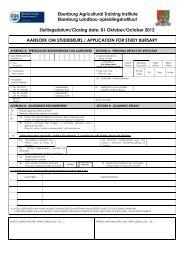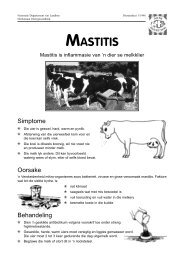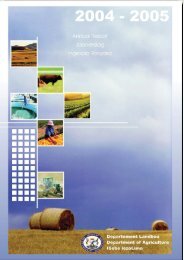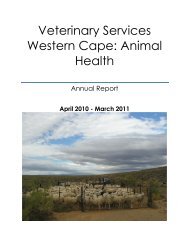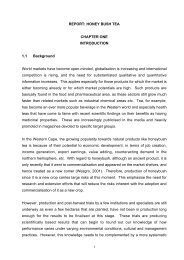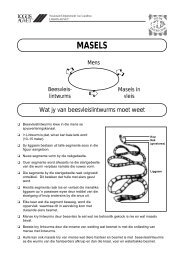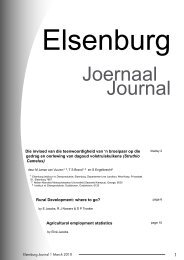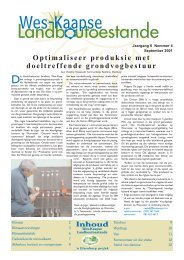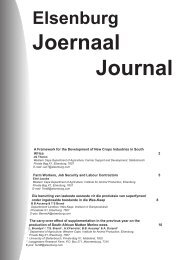The PROVIDE Project Standard Computable General Equilibrium ...
The PROVIDE Project Standard Computable General Equilibrium ...
The PROVIDE Project Standard Computable General Equilibrium ...
You also want an ePaper? Increase the reach of your titles
YUMPU automatically turns print PDFs into web optimized ePapers that Google loves.
<strong>PROVIDE</strong> <strong>Project</strong> Technical Paper 2003: 3 October 2003<br />
4.6.3. Activity Inspired Restrictions on Factor Market Closures<br />
<strong>The</strong>re are circumstances where factor use by an activity might be restricted as a consequence<br />
of activity specific characteristics. For instance it might be assumed that the volume of<br />
production by an activity might be predetermined, e.g., known mineral resources might be<br />
fixed and/or there might be an exogenously fixed restriction upon the rate of extraction of a<br />
mineral commodity. In such cases the objective might be to fix the quantities of all factors<br />
used by an activity, rather than to fix the amounts of a factor used by all activities. This is<br />
clearly a variation on the factor market closure conditions for making a factor activity specific.<br />
If all factors used by an activity are fixed, this requires imposing the conditions that<br />
FD<br />
= FD<br />
(C6e)<br />
f , activ f , activ<br />
must be imposed, where activ refers to the activity of concern. But the returns to these factors<br />
in this activities must now be allowed to vary, i.e., the conditions<br />
WFDIST<br />
= WFDIST<br />
(C6f)<br />
f , activ<br />
f , activ<br />
must now be relaxed. In this case the condition fixing the total supply of the factor is not<br />
redundant since only the factor demands by activ are fixed and the factor supplies to be<br />
allocated across other activities are the total supplies unaccounted for by activ.<br />
Such conditions can be imposed by extending the blocks of equations for each factor in the<br />
factor market closure section. However, it is often easier to mange the model by gathering<br />
together factor market conditions that are inspired by activity characteristics after the factor<br />
inspired equations. In this context it is useful to note that when working in GAMS that the last<br />
condition imposed, in terms of the order of the code, is binding and supercedes previous<br />
conditions.<br />
5. References<br />
Johansen, L., (1960). A Multi-sectoral Study of Economic Growth. Amsterdam: North-Holland.<br />
Kilkenny, M., (1991). '<strong>Computable</strong> <strong>General</strong> <strong>Equilibrium</strong> Modeling of Agricultural Policies: Documentation of<br />
the 30-Sector FPGE GAMS Model of the United States', USDA ERS Staff Report AGES 9125.<br />
Kilkenny, M. and Robinson, S., (1990). '<strong>Computable</strong> <strong>General</strong> <strong>Equilibrium</strong> Analysis of Agricultural<br />
Liberalisation: Factor Mobility and Macro Closure', Journal of Policy Modeling, Vol 12, pp 527-556.<br />
Pyatt, G., (1987). 'A SAM Approach to Modeling', Journal of Policy Modeling, Vol 10, pp 327-352.<br />
Pyatt, G., (1989). '<strong>The</strong> Method of Apportionment and Accounting Multipliers', Journal of Policy Modeling, Vol<br />
11, pp 111-130.<br />
16 If the total demand for the unemployed factor increases unrealistically in the policy simulations then it is<br />
possible to place an upper bound of the supply of the factor and then allow the wage rate from that factor<br />
to vary.<br />
© S. McDonald<br />
49




